Beefeater Gin’s Master Distiller Desmond Payne on Creating Burrough’s Reserve
Astute observations, a 150-year-old still and a French apéritif come together in the inception of a unique spirit

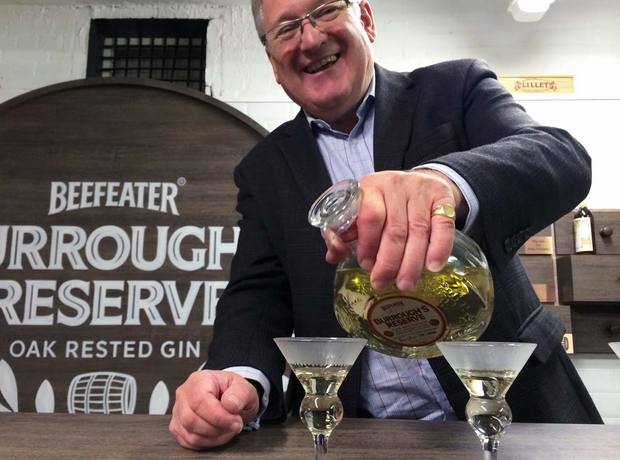
On a recent trip to London, we caught up with our friend Desmond Payne, Beefeater Gin‘s Master Distiller of 20 years (check out our video with him). With 45 years of gin-making under his belt, he’s one of the industry’s most accomplished distillers and arguably one of the spirit’s most enthusiastic ambassadors. He’s also one of its most inquisitive and clever; consistently experimenting and pushing gin’s boundaries.
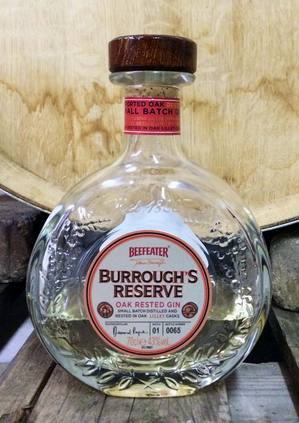
Inspired by a glass of tea he enjoyed while in Asia, Payne developed Beefeater 24. He’s created various limited editions too: the Summer Edition, The London Market Edition and the new Garden Edition (a check-your-bags-worthy variation that adds lemon verbena and thyme to the botanical mix and is only available for purchase at the Beefeater Distillery).
This visit was more than a catch up over a drink, however. Payne was kind enough to take CH through their brand new Beefeater London: The Home of Gin experience—a self-guided tour that walks visitors through the history of gin with a well-designed series of installations. It’s in the actual distillery where all Beefeater gins are made and, if you’re in London and looking for something authentically local to do, check it out—and not only for the G&T that’s served at the end.
The primary reason for our visit was to learn more about Burrough’s Reserve the latest permanent addition to the Beefeater portfolio. Launched in 2013, it has quickly become a favorite of ours. It came about when Payne was visiting Portland and had a bar-aged Negroni. As he noticed more and more bartenders finishing gin in interesting ways and seeing brands—new and old—doing the same, he wondered about people’s interest in having yet another variation to drink. He was also mulling over two other opportunities and looking for the right way to leverage both of them.
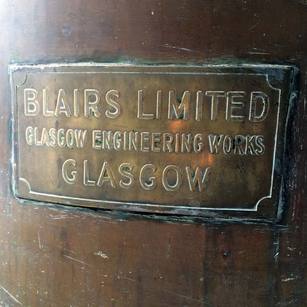
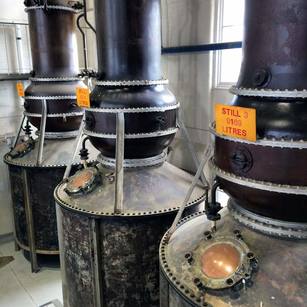
I wanted to challenge the way that people drink gin and the occasion on which people drink gin because that’s where there’s room for something different.
First, he was frustrated by the corner that most people put gin into; “The majority of gin around the world lives as a gin and tonic between finishing work and having dinner,” he says. What could he conceive that would get people to consider drinking a good gin in a different way? Perhaps on its own? The second opportunity he was trying to work through was one that literally stared him in the face every day at the distillery—James Burrough’s (the founder and distiller of Beefeater) original 268 liter copper still from the 1860s, which sat honorably yet unused, dwarfed by the much larger stills that today to make all of Beefeater’s gins.
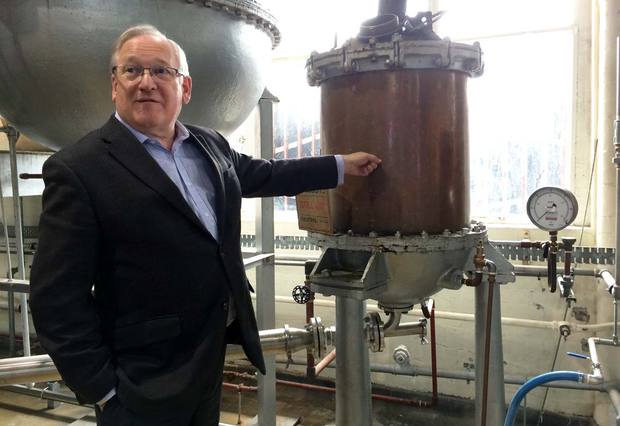
Payne explains his thoughts back then, “Do we really need another gin right now? There are so many gins out there I can’t keep up. But I wanted to challenge the way that people drink gin and the occasion on which people drink gin because that’s where there’s room for something different.” And that’s the story of how Burrough’s Reserve came to be. A confluence of a resurgence in craft cocktails, an observation of how people were limiting gin to a specific place in their consumption, and the still that made Beefeater gin for decades but had long-since been retired. This is why so many in the business have come to admire Payne—and most certainly his friends in the sales department.
He set to work firing up the old still into which he put in the standard recipe for Beefeater London Dry gin. The shape and size of the still altered the taste of the liquid a little; “It was really intriguing to see how different the gin was,” Payne says. “I know that a tiny change can make a big difference… It’s like putting a drop of lemon juice in a cocktail—you suddenly have a different drink entirely. I thought, ‘Well, OK, let’s see what happens if we put it in wood.” Others had developed gins that were aged in plentiful bourbon barrels or cognac barrels, but to Payne, they didn’t really lift up the botanicals in the liquid. “Gin is about being fresh and clean and now, and an aged spirit is about more—it’s a different thing,” he explains.

He continued experimenting with several different types of barrels and aged the gin inside them for various amounts of time, but he wasn’t getting the gin where he wanted it to be. And that’s when the fourth element in creating Burrough’s Reserve hit him on the head. “We knew about Lillet, this wonderful French apéritif from Bordeaux. I went down to visit them purely out of interest and it’s a wonderful experience to go down there. We discovered that they do a Réserve Jean de Lillet, which is a sort of specialty there and they age it in French oak casks. And in Réserve Jean de Lillet there is bitter orange peel, there’s quinine—all the things that make a connection with gin. So I managed to get some gin in a cask of it and did some trials and—yeah, that’s the one that really works,” he says. And so Burrough’s Reserve was born. It is also convenient that the two products are owned by the same parent company, Pernod-Ricard, which keeps the story all in the family.
I don’t know what handcrafted means exactly, but this is as handcrafted as you get.
The gin is distilled and then placed in the Lillet casks. “We then rest it. We don’t say age because people will think rum or whiskey, and 12 years, 14 years. It’s just a few weeks but [it’s enough to] give that additional character for that style. We manage to fill the casks twice. The first fill we get quite a contribution from the residual flavors in there, and then I get a second fill which yields a decent contribution. [After it’s rested] I make a batch—a blend of maybe three casks, a combination of first and second fill, and that’s about 1,800 bottles. Each one has a batch number and a bottle number,” he explains of the process. Production of Burrough’s Reserve will always be limited given the small size of the still, only adding to its charm.
Payne continues, “It means there’s a slight color variation and it’s very much handcrafted. I don’t know what handcrafted means exactly [laughs] but this is as handcrafted as you get. It’s got this beautiful color, and it’s designed as a sipping gin. You don’t have to make a cocktail. People will, but you don’t have to. It’s very much about the fruit notes from the residual Lillet. I like it chilled,” he says. At that, Payne offers a glass to taste before going upstairs in the adjacent distillery to pay homage to James Burrough’s 150-year-old still—and the man who consistently finds new ways to celebrate it.
Burrough’s Reserve is available for around double the cost of Beefeater 24—around $70—at selected retailers.
Images by Cool Hunting












